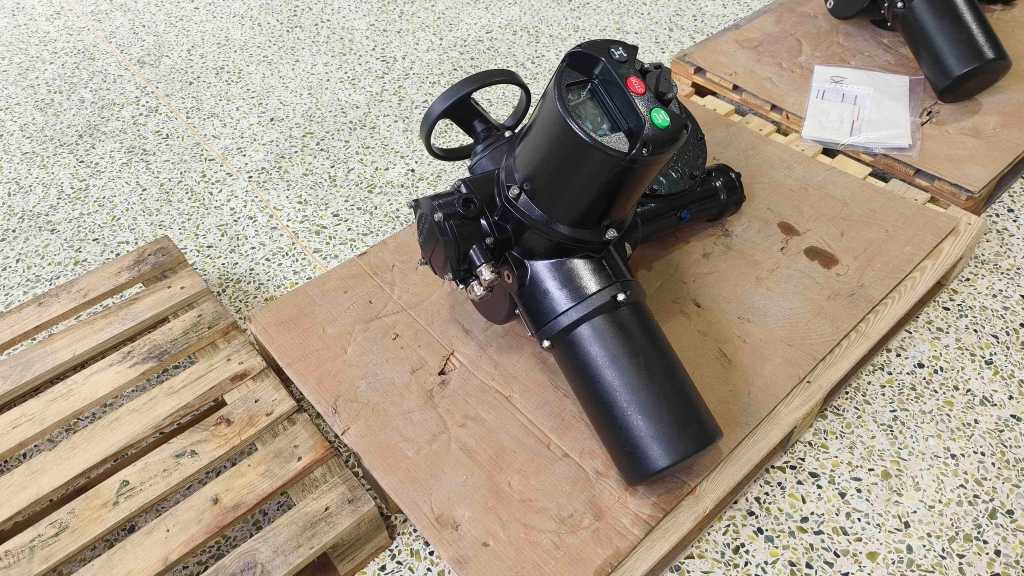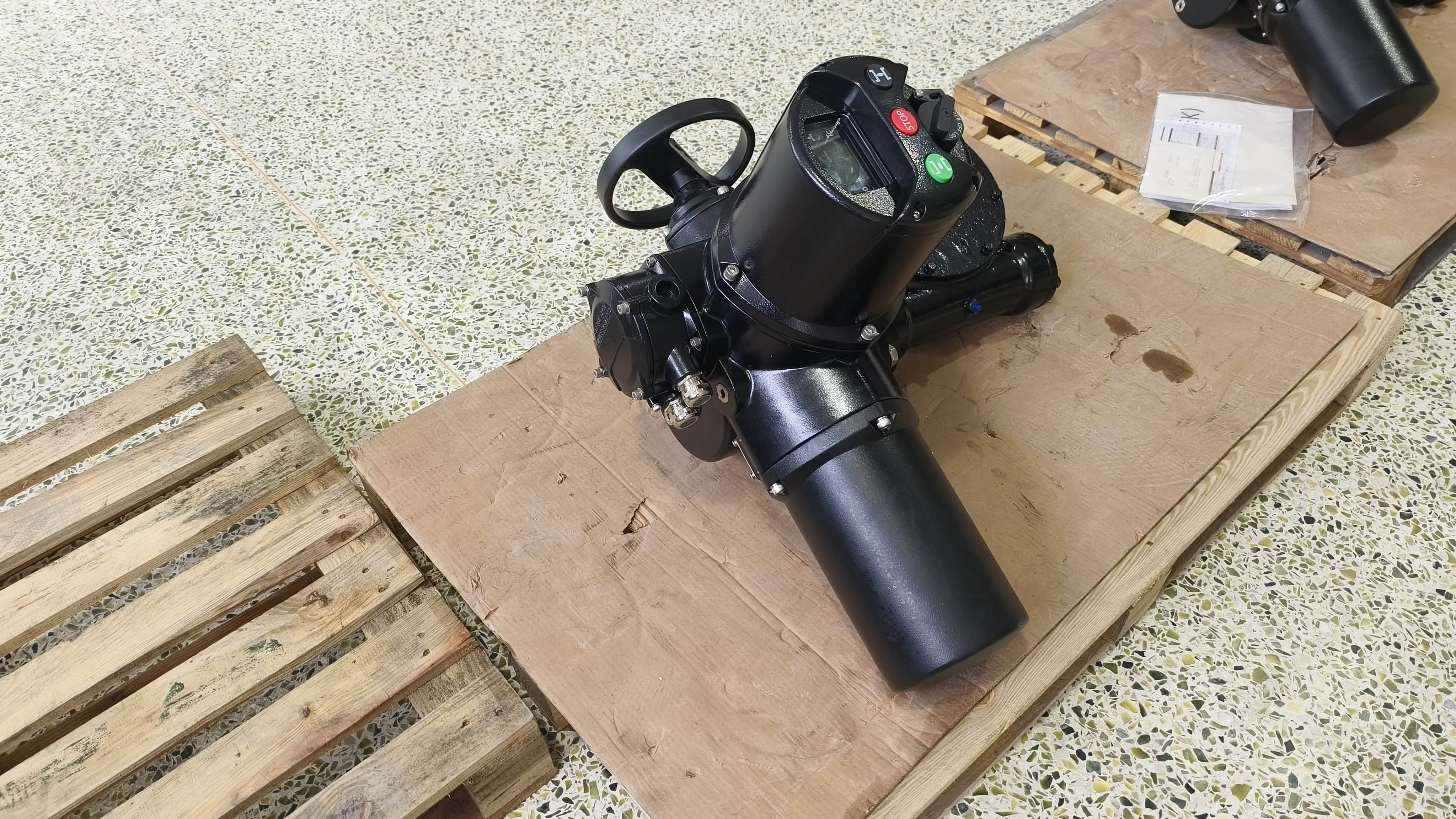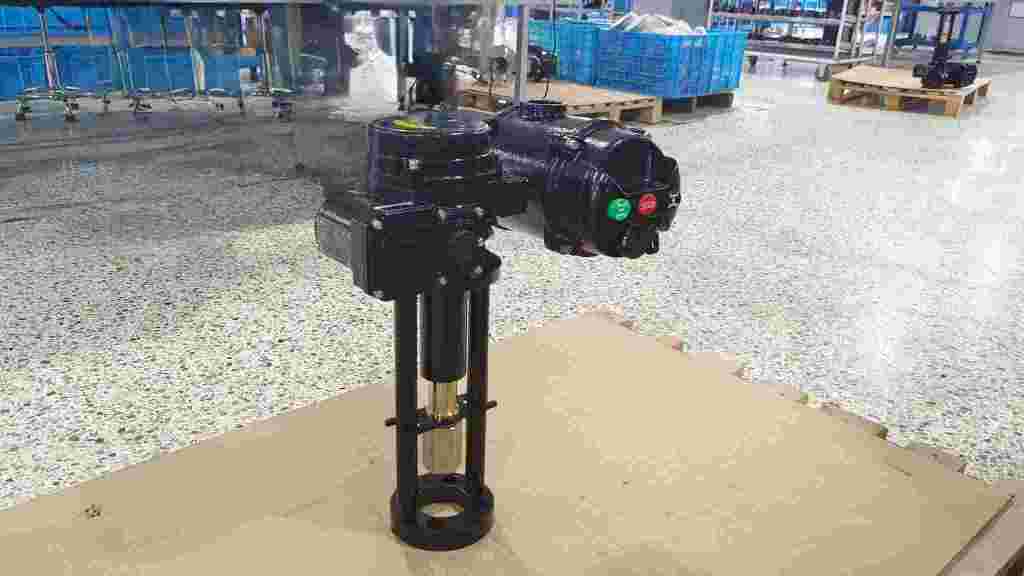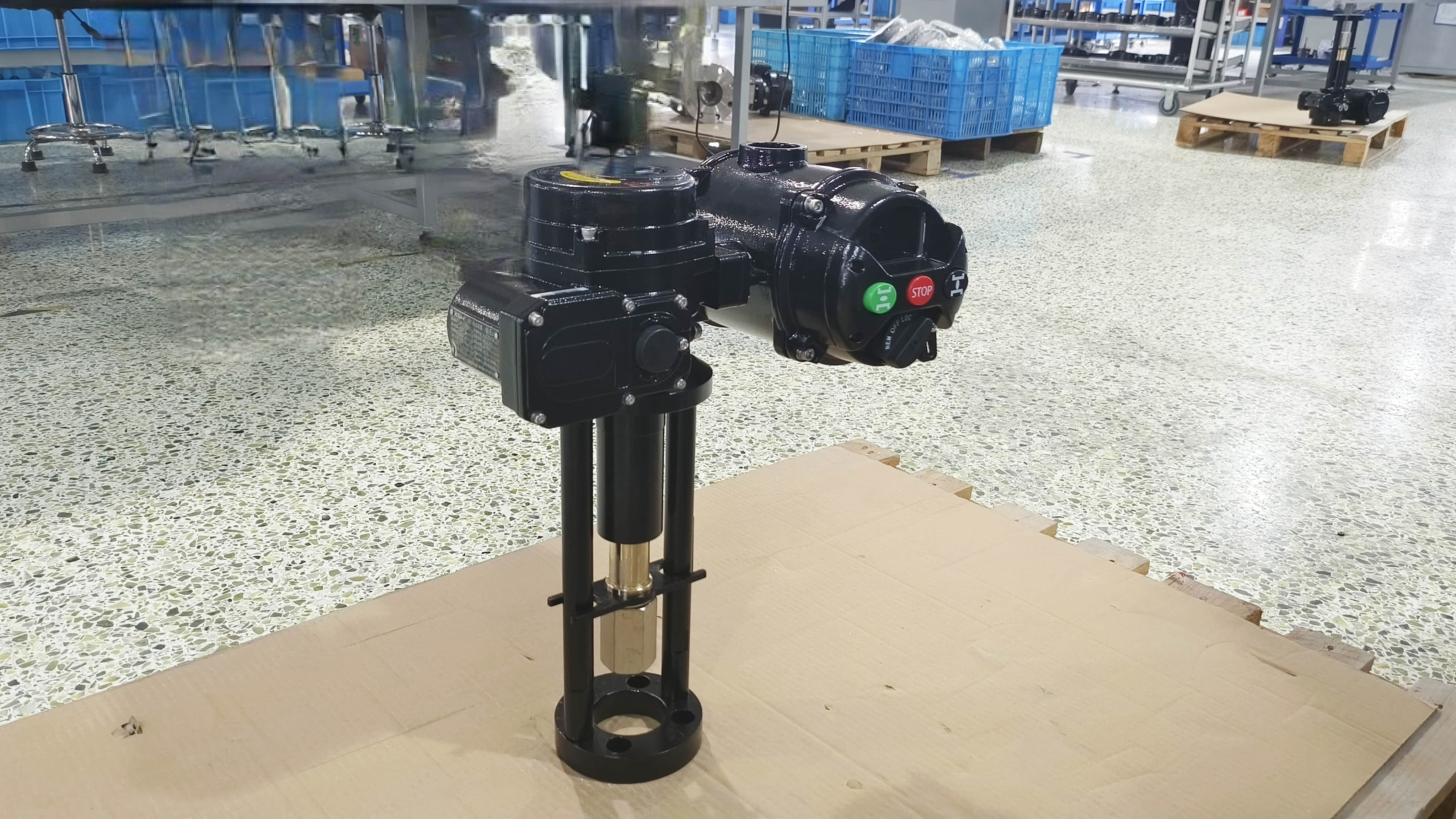
In today's rapidly evolving industrial landscape, automation and advanced control technologies have become essential drivers of efficiency and productivity. One such cutting-edge technology is the Intelligent Integrated Electric Actuator (IIEA). These sophisticated devices combine mechanical actuation with intelligent control systems, making them a cornerstone of modern automation solutions in various sectors, including manufacturing, robotics, aerospace, and automotive industries. This article delves into the functionality, benefits, and applications of Intelligent Integrated Electric Actuators, highlighting their impact on the future of automation.

What is an Intelligent Integrated Electric Actuator?

An Intelligent Integrated Electric Actuator (IIEA) is a highly versatile device that integrates the traditional electric motor, drive electronics, sensors, and controller into a single compact unit. This integration reduces the need for separate components, which can simplify installation, maintenance, and system design. The "intelligent" aspect of these actuators refers to their ability to process data, communicate with other systems, and adapt their behavior based on environmental conditions or specific control signals. This functionality is typically achieved through embedded microprocessors or control algorithms, which enable real-time monitoring and decision-making capabilities.

Key Components of Intelligent Integrated Electric Actuators

The key components of an IIEA include:

